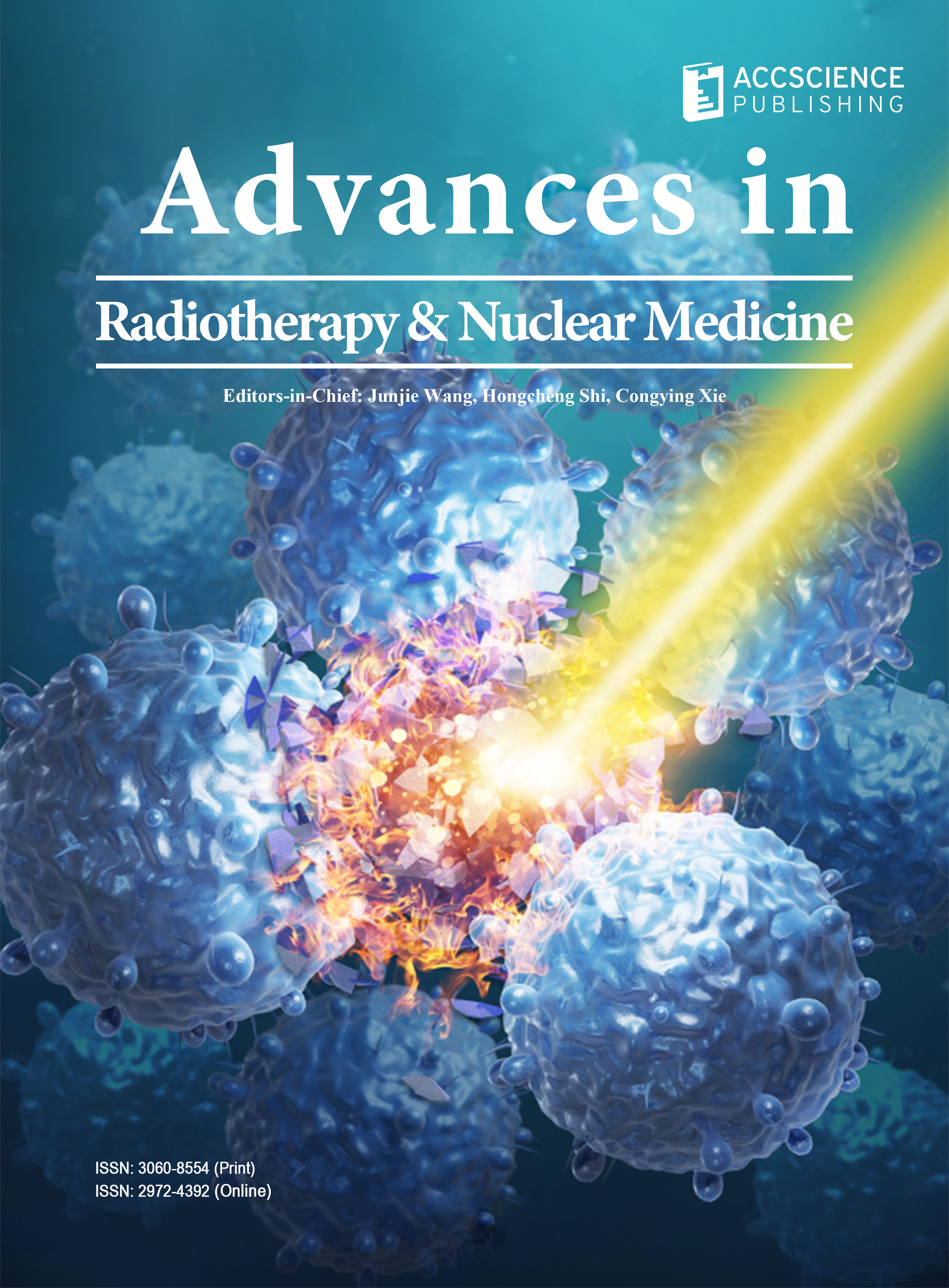Multislit gamma camera for external beam radiotherapy assistance: Experimental proof of concept

The orthogonal computed tomography (OrthoCT) concept, based on orthogonal ray imaging, is a low-dose imaging technique currently under investigation to potentially aid in external-beam radiation therapy treatments. This technique involves detecting radiation scattered within the patient and emitted at approximately 90° from the direction of the incoming beam. This scattered radiation can be collected by a 1D-detector system with a multisliced collimator positioned perpendicular to the incident beam axis. Such a system holds promise for on-board imaging with the patient positioned and prepared for treatment, as well as for real-time treatment monitoring. In this study, a multi-slice OrthoCT detector prototype was developed and tested under in-beam irradiation. The system utilizes gadolinium orthosilicate scintillator crystals coupled to photomultiplier tubes and a collimator made of lead slices. Experimental measurements were conducted using a heterogeneous phantom made of acrylic with an air cavity inside. The phantom was irradiated with a TrueBeam linac operating at 6 MV in the flattening-filter-free mode. The findings of this study indicate that this innovative imaging technique is capable of providing morphological images of the phantom. This accomplishment is achieved without the need to rotate the X-ray source around the object to be irradiated, demonstrating the feasibility of such a system.
- Berger T, Seppenwoolde Y, Pötter R, et al. Importance of technique, target selection, contouring, dose prescription, and dose-planning in external beam radiation therapy for cervical cancer: Evolution of practice from EMBRACE-I to II. Int J Radiat Oncol Biol Phys. 2019;104(4):85-94. doi: 10.1016/j.ijrobp.2019.03.020
- De Crevoisier R, Tucker SL, Dong L, et al. Increased risk of biochemical and local failure in patients with distended rectum on the planning CT for prostate cancer radiotherapy. Int J Radiat Oncol Biol Phys. 2005;62(4):965-973. doi: 10.1016/j.ijrobp.2004.11.032
- Thieke C, Malsch U, Schlegel W, et al. Kilovoltage CT using a linac-CT scanner combination. Br J Radiol. 2006;79(1):S79-S86. doi: 10.1259/bjr/88849490
- Lee C, Langen KM, Lu W, et al. Evaluation of geometric changes of parotid glands during head and neck cancer radiotherapy using daily MVCT and automatic deformable registration. Radiother Oncol. 2008;89(1):81-88. doi: 10.1016/j.radonc.2008.07.006
- Serduc R, van de Looij Y, Francony G, et al. Characterization and quantification of cerebral edema induced by synchrotron x-ray microbeam radiation therapy. Phys Med Biol. 2008;53(5):1153. doi: 10.1088/0031-9155/53/5/001
- Sterzing F, Engenhart-Cabillic R, Flentje M, Debus J. Image-guided radiotherapy: A new dimension in radiation oncology. Dtsch Arztebl Int. 2011;108(16):274-280. doi: 10.3238/arztebl.2011.0274
- Albarakati H, Jackson P, Gulal O, et al. Dose assessment for daily cone-beam CT in lung radiotherapy patients and its combination with treatment planning. Phys Eng Sci Med. 2022;45:231-237. doi: 10.1007/s13246-022-01105-7
- Kan MW, Leung LH, Wong W, Lam N. Radiation dose from cone beam computed tomography for image-guided radiation therapy. Int J Radiat Oncol Biol Phys. 2008;70(1):272-279. doi: 10.1016/j.ijrobp.2007.08.062
- Van Elmpt W, McDermott L, Nijsten S, Wendling M, Lambin P, Mijnheer B. A literature review of electronic portal imaging for radiotherapy dosimetry. Radiother Oncol. 2008;88(3):289-309. doi: 10.1016/j.radonc.2008.07.008
- Simões H, Lopes AL, Travassos C, et al. Monitoring tumor lung irradiation with megavoltage patient-scattered radiation: A full system simulation study. IEEE Trans Radiat Plasma Med Sci. 2017;1(5):452-459. doi: 10.1109/TRPMS.2017.2724139
- Taylor ML, Kron T. Consideration of the radiation dose delivered away from the treatment field to patients in radiotherapy. J Med Phys. 2011;36(2):59-71. doi: 10.4103/0971-6203.79686
- Reft CS, Runkel-Muller R, Myrianthopoulos L. In vivo and phantom measurements of the secondary photon and neutron doses for prostate patients undergoing 18 MV IMRT. Med Phys. 2006;33(10):3734-3742. doi: 10.1118/1.2349699
- Simões H, Cunha M, Pinto M, et al. Dose-free monitoring of radiotherapy treatments with scattered photons: First experimental results at a 6-MV linac. IEEE Trans Nucl Sci. 2013;60(4):3110-3118. doi: 10.1109/TNS.2013.2265137

